Description
Basler Electric DECS125-15-B1 Digital Excitation Controller – Precise AVR for Synchronous Generator Voltage, PF, and VAR Control
The Basler Electric DECS125-15-B1 is a digital excitation controller designed for brushless synchron
ous generators where stable voltage regulation and reactive power management really matter. From my experience, this model fits well in retrofit projects and new genset builds that need dependable AVR performance with modern protection and field-friendly configuration. You might notice that it brings together fast regulation, PF/VAR modes, and practical limiters, which typically reduces nuisance trips and keeps machines within safe thermal boundaries.
Company’s Order Placement Process and Guarantees
- Warranty period: 365 days
- Delivery time: 1 week for in-stock; no more than one month at the latest
- Payment method: 50% advance payment, full payment for delivery
- Express delivery methods: FedEx, UPS, DHL
Key Features
- Digital AVR with fast response – Stable voltage control during load steps and motor starts, typically reducing voltage dip and recovery time.
- Multi-mode control – Automatic Voltage Regulation, Power Factor, and VAR control modes to match utility-parallel or islanded operation.
- Built-in limiters and protections – Over/Under Excitation limiters, V/Hz protection, and reactive droop to protect the generator field and stator.
- Flexible sensing – Three-phase voltage sensing with CT inputs for droop/cross-current compensation in many cases.
- Communication & setup – Typically supports RS-485 (Modbus RTU) for SCADA/PLC integration and a service port for commissioning software.
- Event logging – Trend and disturbance records help maintenance teams pinpoint issues faster during startups or grid disturbances.
- Compatible with common excitation sources – Works with shunt, PMG, or compound power schemes common on industrial gensets.
- Panel/cabinet mounting – Clean backplate installation with field wiring block terminals for straightforward retrofits.
Technical Specifications
| Brand / Model | Basler Electric / DECS125-15-B1 |
| HS Code | 9032.89 (Automatic regulating or controlling instruments and apparatus) |
| Power Requirements | Auxiliary/control power typical of the DECS-125 family (commonly supports shunt/PMG sources; consult the model datasheet for exact input range). |
| Operating Temperature | Typically -20°C to +60°C (installation inside a ventilated enclosure recommended). |
| Signal Inputs/Outputs | 3-phase voltage sensing, CT input for droop/cross-current compensation; analog/digital I/O and relay outputs are commonly available on this series. |
| Communication Interfaces | RS-485 (Modbus RTU) for integration; local service port for configuration (typical for DECS series). |
| Installation Method | Panel/backplate mount within an electrical cabinet; standard wiring to field, sensing, and CT circuits. |
Note: The DECS125-15-B1 is a specific configuration within the DECS-125 family. Exact ratings (e.g., field current/output stage) follow the Basler option code; we can verify your generator nameplate and provide the correct datasheet page before shipment.
Application Fields
- Industrial and commercial gensets where stable AVR performance is required for motor starts, welders, and nonlinear loads.
- Prime power in oil & gas sites and remote mining, where PF/VAR control helps maintain system stability with mixed loads.
- Standby and data center generators with fast voltage recovery and coordination with protective relays.
- Utility-parallel generators using droop or cross-current compensation for reactive load sharing.
- Marine and small hydro units that typically need precise excitation under varying speed and load conditions.
Advantages & Value
- Reliability you can measure – Digital control with proven Basler algorithms reduces drift and improves long-term stability compared to legacy analog AVRs.
- Compatibility – Works with common PMG/shunt excitation setups and integrates neatly with PLC/SCADA via Modbus RTU.
- Reduced downtime – Event capture and clear parameters make commissioning and troubleshooting faster, which in many cases cuts service visits.
- Lifecycle cost – Firmware-configurable functions and replaceable terminal hardware typically mean fewer spares and simpler upgrades.
Installation & Maintenance
- Cabinet standards – Mount on a rigid backplate in a clean, dry enclosure. Provide ventilation to keep ambient within the specified range.
- Wiring practices – Use shielded twisted pair for voltage sensing and RS-485. Route CT and sensing leads separately from high-current field cables.
- Grounding – Bond the controller ground to the cabinet earth; verify CT polarities and PT ratios before energization.
- Commissioning – Check phase rotation, set AVR/PF/VAR mode parameters, and verify limiters (OEL/UEL, V/Hz) using a low-load test if possible.
- Routine maintenance – Inspect terminals for torque and discoloration quarterly, clean dust with dry air, and archive parameter files. Apply firmware updates when validated for your site.
- Safety – De-energize field and lockout sources before service; residual field energy may be present on some exciters.
Quality & Certifications
- Typically conforms to CE requirements for EMC and safety in industrial environments.
- UL/cUL recognition is commonly available on Basler control products in this class.
- RoHS compliant design in many configurations.
- Manufacturer’s warranty: 12 months (365 days) as stated above.
Helpful Accessories and Support
We can supply compatible items typically used with DECS-125 installations: PTs for sensing, suitable CTs for droop/cross-current, panel terminals, and a configuration cable for commissioning software. If you share your generator nameplate (kVA, rated voltage, field current/voltage, excitation type), we’ll confirm that the DECS125-15-B1 option set aligns with your field current and protection needs before we dispatch.
One thing I appreciate is how this controller behaves during step-load tests—voltage typically settles without hunting, and the limiters step in gracefully. That small detail tends to save time during SAT and keeps operators confident when the first real load arrives.


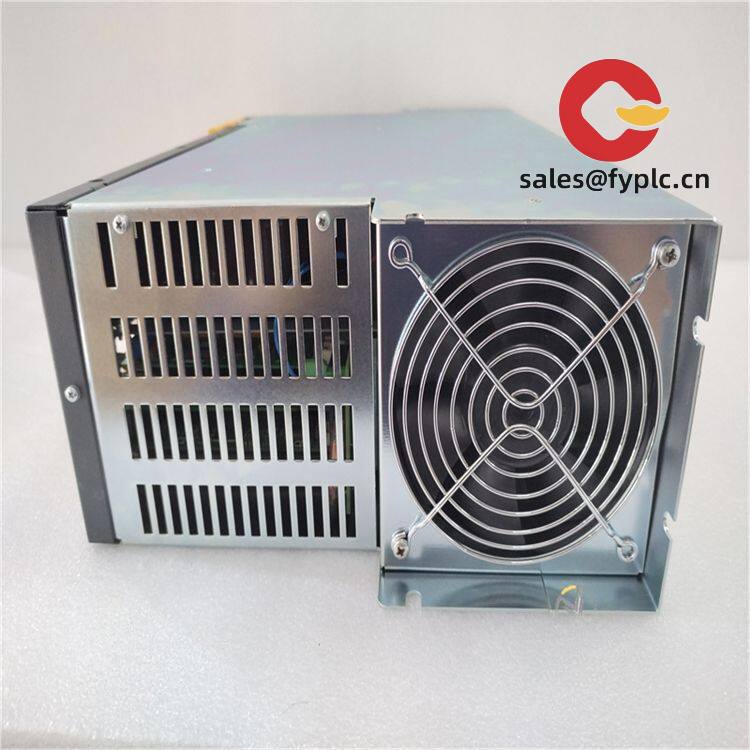



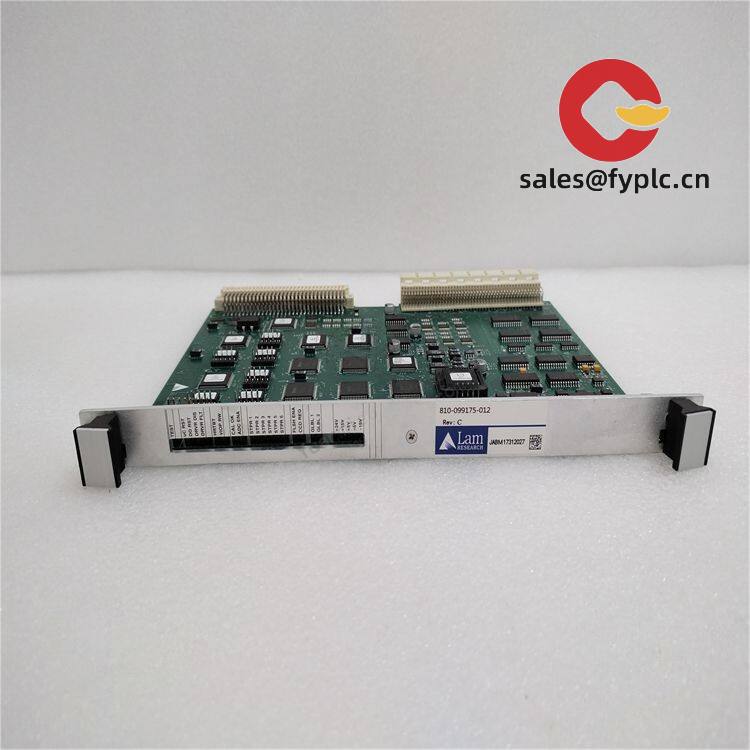



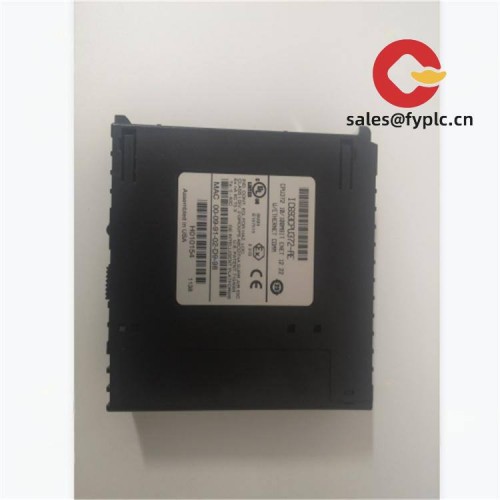
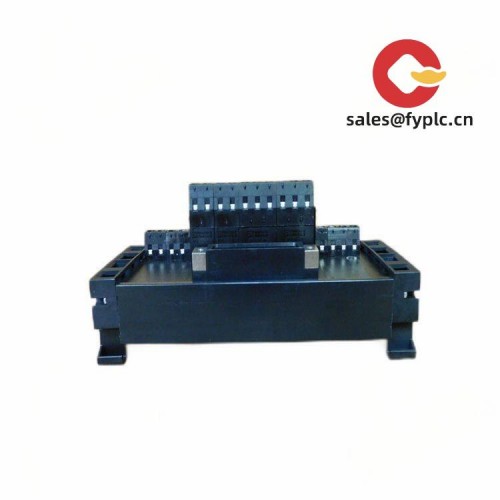
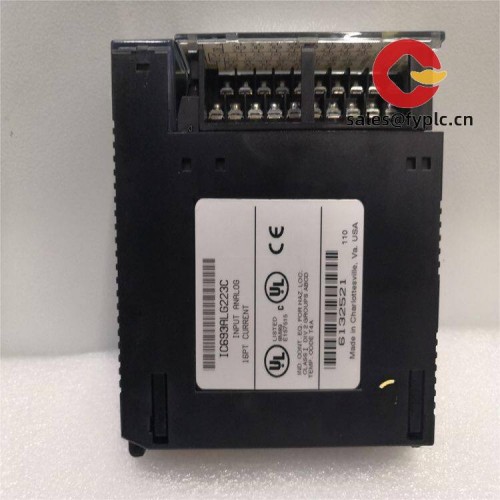


Reviews
There are no reviews yet.